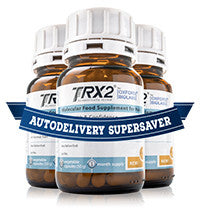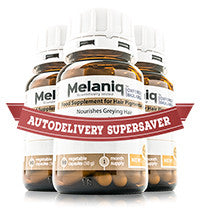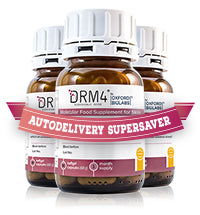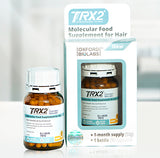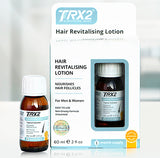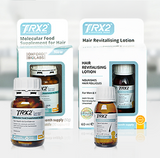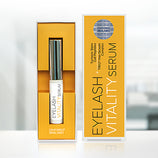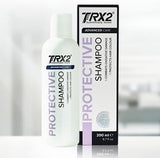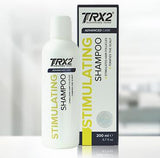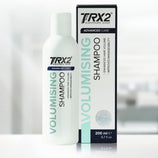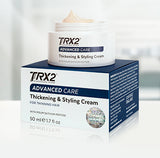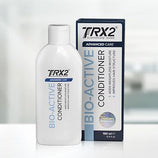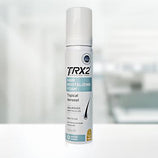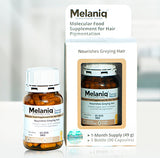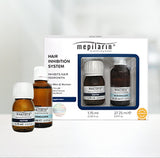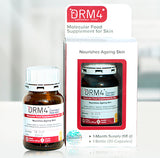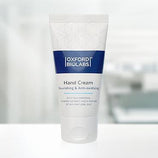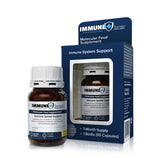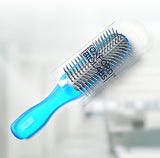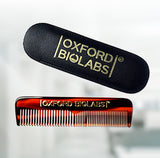The skin is the largest organ of the body, ranging in adults on average from 1.5 m2 to 2 m2 in surface area. As the outer cover of the body, it protects the underlying organs from excessive loss of water and solutes, from damaging UV radiation, and from physical, chemical or pathogenic attack. Additionally, it serves important functions in body temperature regulation, vitamin D production, and the ability to sense the environment. Besides all this, the appearance of the skin is a mirror of the general state of health. Therefore, the condition of the skin is one of the main elements of what is considered "beauty", and its status can have a severe impact on our psychological and emotional wellbeing.
The ageing processes are either driven by intrinsic or extrinsic factors. Whereas intrinsic factors are controlled by our genes, extrinsic factors, like the environment or our lifestyle can lead to premature ageing of the skin. One of the main extrinsic causes driving skin ageing is called photoageing, describing the processes triggered by sun exposure or by usage of sunbeds, mainly due to UV radiation [1-4].
It is becoming more and more evident that air pollutants have a significant effect on skin ageing too. These pollutants comprise mainly particulate matter, carbon monoxide, sulphur oxides, nitrogen oxides, ground-level ozone and specific volatile hydrocarbons, all from traffic related exhaust fumes and industrial air pollution. It is therefore clear that, in urban areas with many motor vehicles as well as areas which are heavily industrialised, the negative effect of pollution on skin ageing is more prominent [5-8].
A fully functional skin barrier, which lies in the outermost layer of the epidermis, the stratum corneum, which consists of keratinised cells, is vital for a healthy skin, as it gives the first line of protection against the entry of different air pollutants into the skin.
Healthy skin forms the natural barrier that protects the body from harmful toxins, pollutants, and UV rays and also prevents excessive water loss. If the skin is weakened, the result is ageing skin that looks old, dry, and dull. While exposure to some harmful elements is unavoidable, it’s possible to support and maintain healthy looking skin with patent pending DRM4®.
In recent years, it has been well established, that nutrition has a profound effect on the skin and skin ageing. The strength of the skin barrier and its protective properties depend on using the appropriate products and skin care, and DRM4® delivers the nutrients needed to keep skin looking fresh and beautiful. Visit our DRM4® product website to learn more.
References
- Flament, F., Bazin, R., Laquieze, S., Rubert, V., Simonpietri, E. and Piot, B. (2013) Effect of the sun on visible clinical signs of aging in Caucasian skin. Clin Cosmetic Invest Dermatol 6, 221–232.
- Krutmann, J. and Gilchrest, B.A. (2006) Photoaging of skin. In Gilchrest, B.A. and Krutmann, J. (eds.) Skin aging. Springer, Berlin, Heidelberg, pp 33-43.
- Lesiak, A., Rogowski-Tylman, M., Danilewicz, M., Wozniacka, A. and Narbutt, J. (2016) One week’s holiday sun exposure induces expression of photoaging biomarkers. Folia Histochem Cytobiol 54, 42–48.
- Wenk, J., Brenneisen, P., Meewes, C., Wlaschek, M., Peters, T., Blaudschun, R., Ma, W., Kuhr, L., Schneider, L. and Scharffetter-Kochanek, K. (2001) UV-Induced Oxidative Stress and Photoaging. In Thiele, J. and Elsner, P. (eds): Oxidants and Antioxidants in Cutaneous Biology. Curr Probl Dermatol. Basel, Karger, 29, pp 83–94.
- Drakaki, E., Dessinioti, C. and Antoniou, C.V. (2014) Air pollution and the skin. Front Environ Sci 2:11. doi: 10.3389/fenvs.2014.00011.
- Hüls, A., Vierkötter, A., Gao, W., Krämer, U., Yang, Y., Ding, A., Stolz, S., Matsui, M., Kan, H., Wang, S., Jin, L., Krutmann, J. and Schikowski, T. (2016) Traffic related air pollution contributes to development of facial lentigines: Further epidemiological evidence from Caucasians and Asians. J Invest Dermatol 136, 1053-1056.
- Krutmann, J., Liu, W., Li, L., Pan, X., Crawford, M., Sore, G. and Seite, S. (2014) Pollution and skin: From epidemiological and mechanistic studies to clinical implications. J Dermatol Sci 76, 163–168.
-
Vierkötter. A., Schikowski, T., Ranft, U., Sugiri, D., Matsui, M., Krämer, U. and Krutmann, J. (2010) Airborne Particle Exposure and Extrinsic Skin Aging. J Invest Dermatol 130, 2719–2726.
